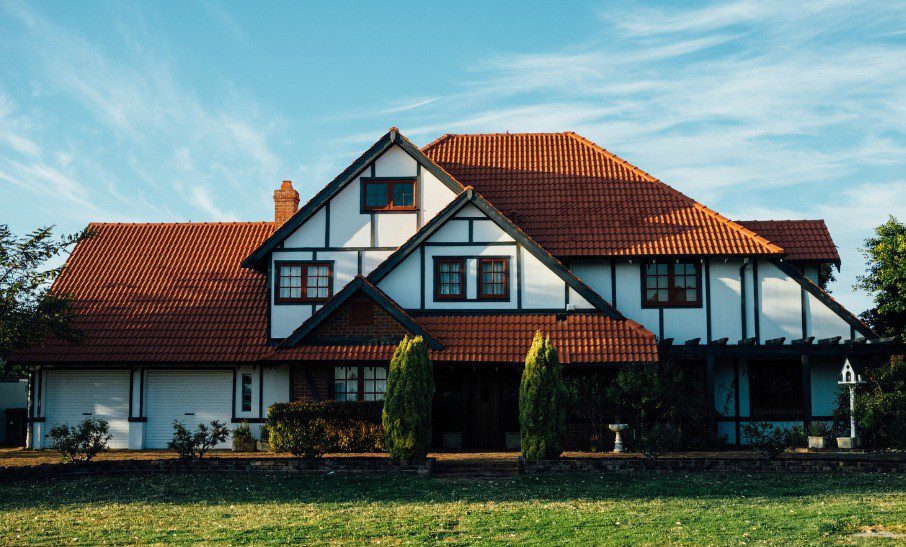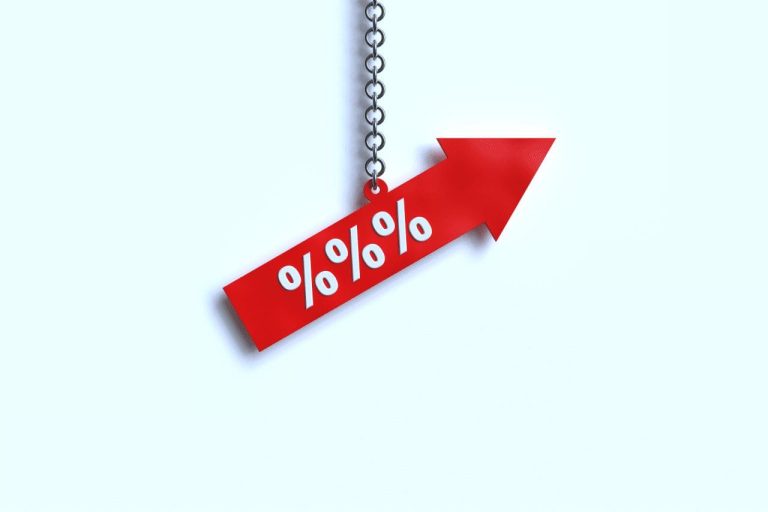
What is Stamp Duty?
Stamp Duty Land Tax (SDLT) – commonly shortened to Stamp Duty – is a one-off tax paid on properties purchased in England and Northern Ireland. The tax no longer applies in Scotland or Wales, having been replaced by the Land and Buildings Transaction Tax (LBTT) and Land Transaction Tax (LTT) respectively.
How Much is Stamp Duty?
Following the Government’s Autumn budget, it was announced that there will be Stamp Duty changes occurring from the 1st of April 2025, therefore the current rates will only last up until 31st of March 2025.
Below we have highlighted both the current rates and what they will change to in April next year.
Current rates up to 31st of March 2025
Unless you are a first-time buyer, Stamp Duty applies to all property purchases over £250,000 in value. The percentage you are taxed rises with the value of the property, as below:
| Property Value / Lease Premium | SDLT Rate |
| Up to £250,000 | zero |
| The portion from £250,001 – £925,000 | 5% |
| The portion from £925,001 – £1,500,000 | 10% |
| The remaining amount, £1,500,001 and upwards | 12% |
New rates as of 1st of April 2025
| Property Value / Lease Premium | SDLT Rate |
| Up to £125,000 | 0% |
| The portion from £125,001 – £250,000 | 2% |
| The portion from £250,001 – £925,000 | 5% |
| The portion from £925,001 – £1.5 million | 10% |
| The remaining amount, £1,500,001 and upwards | 12% |
You need to submit an SDLT return within 30 days of completing the purchase of the property or HMRC will charge you a fine, plus interest.
For a reliable assessment of the Stamp Duty you can expect to pay, take a look at our Stamp Duty calculator.
Stamp Duty on additional property purchases
If you’re buying an additional property, there is a higher rate to pay. The Stamp Duty on second properties is 5% on top of the normal rate.
However, you can claim this back if you then sell what was previously your main residence within 3 years of buying the second property and claim within 3 months of this sale.
Current rates up to 31st of March 2025
| Property Value / Lease Premium | SDLT Rate |
| Up to £250,000 | 5% |
| The portion from £250,001 – £925,000 | 10% |
| The portion from £925,001 – £1,500,000 | 15% |
| The remaining amount, £1,500,001 and upwards | 17% |
New rates as of 1st of April 2025
| Property Value / Lease Premium | SDLT Rate |
| Up to £125,000 | 5% |
| The portion from £125,001 – £250,000 | 7% |
| The portion from £250,001 – £925,000 | 10% |
| The portion from £925,001 – £1.5 million | 15% |
| The remaining amount, £1,500,001 and upwards | 17% |
Stamp Duty for First-Time Buyers
In September 2022, changes were announced to the Stamp Duty payable for first-time buyers. Therefore everyone buying a property in England and Northern Ireland paid Stamp Duty on purchases over £425,000.
For example, if you are purchasing a home valued at £500,000, you will pay Stamp Duty on £75,000. So, your Stamp Duty charge will be £3,750.
Although, again there will be changes to these rates from 1st of April 2024, meaning the current threshold will be reduced.
Current rates up to 31st of March 2025
| Property Value / Lease Premium | SDLT Rate |
| Up to £425,000 | 0% |
| The portion from £425,001 – £625,000 | 5% |
New rates as of 1st of April 2025
| Property Value / Lease Premium | SDLT Rate |
| Up to £300,000 | 0% |
| The portion from £300,001 – £500,000 | 5% |
First-time buyer relief completely goes if the purchase price is above the threshold cap, and in this instance you will simply be charged at normal rates.
Are You in it Together?
If you are in a marriage or partnership and buying jointly, then you both need to be first-time buyers in order to qualify for this relief.
Don’t Ignore the Return
To ensure you get relief on this tax, you still have to complete the SDLT return, even if no tax is due.
Stamp Duty Land Tax Exemptions
There are a few instances where the transaction you make on a property is such that you do not need to tell HMRC about it or file a SDLT return. They are:
- If no money or other payment changes hands (i.e. it was a gift)
- If the property was left to you in a will
- If the property is transferred to you due to a divorce, or dissolution of a civil partnership
- If you buy a freehold property for less than £40,000
- If you buy a new or assigned lease of 7 years or more, as long as the premium is less than £40,000 and the annual rent is less than £1,000
- If you use alternative financial arrangements for the property, e.g. to comply with religious laws
Note: if you simply swap properties with someone else, then it is viewed that something of value was given as payment, even though no actual money has changed hands. SDLT will be applicable on the market value of the property.
When in Doubt…
Double-check the HM Revenue & Customs website for information on all taxation matters. They present all the facts and issues in a simple, user-friendly way that leaves nothing to misunderstanding, and you can be sure that what you are reading is accurate and up to date.
Alternatively, mortgage brokers and independent financial advisers will be able to tell you exactly where you stand when it comes to Stamp Duty.
Need More Advice on Your Tax Responsibilities?
Get in touch with your local Mortgage Centres office today and speak to one of our friendly and professional advisors. They will be more than happy to take a look at what you need and go over all the details. House purchases don’t have to be complicated. Let us do the hard work for you.
Speak to an Expert


